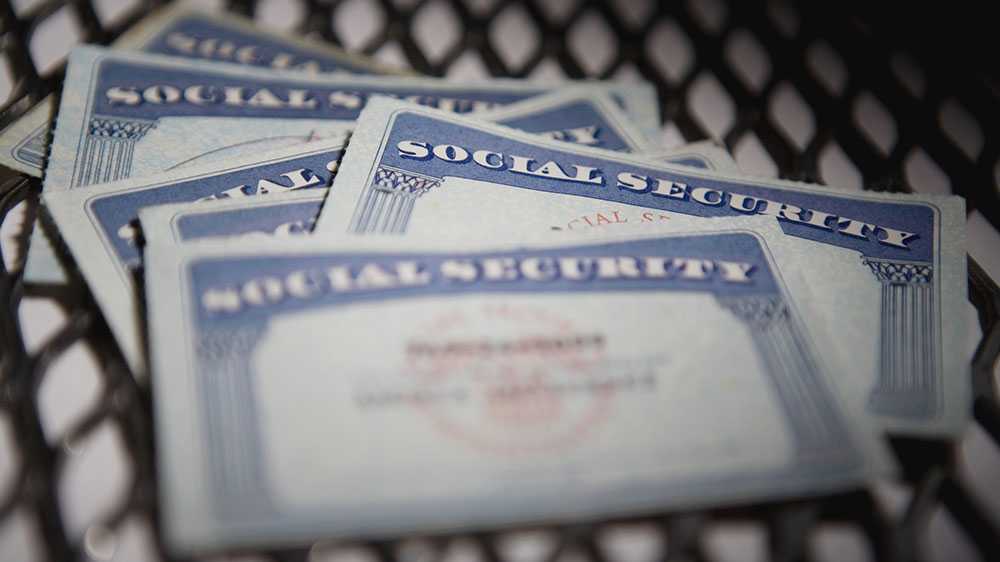
Every American’s Social Security numbers may be for sale on the dark web, marking the largest data breach ever recorded. The disturbing news first came to light following a class-action lawsuit filed in Florida in early August. The company hacked: National Public Data The Florida-based company National Public Data was the target of the breach. The company initially reported that 1.3 million people were affected. However, the lawsuit claims that the records of up to 2.9 billion people, which included the Social Security numbers of both living and deceased individuals, were stolen. Nature of the breach National Public Data, which collects information for background checks on consumers and job applicants, confirmed the incident on its website, calling it a “data security incident.” Widespread impact across the country Cybersecurity firms across the country are discovering that records belonging to billions of people from this breach are for sale on the dark web. This could mean that everyone’s Social Security numbers are now exposed. Has your information been compromised? A cybersecurity firm called Pentester said it has captured the entire list. On their website, you can check if your information was compromised. How to Protect Your Information from Data Breaches Protecting your personal information is crucial, especially in the event of a data breach. Here’s a step-by-step guide to protecting your information: 1. Freeze Your Credit Report Freezing your credit report prevents any new credit from being issued in your name. This is a very effective measure to protect your identity. Steps to Freeze Credit: Visit USA.gov for detailed instructions on initiating a credit freeze. You’ll need to request a freeze with each of the three major credit reporting agencies: Equifax, Experian, and TransUnion. Follow the specific instructions provided by each bureau to complete the freeze process. 2. Monitor Your Financial Accounts Review your financial accounts regularly for suspicious activity. Monitoring Tips: Set up alerts for transactions on your bank accounts and credit cards. Regularly check your bank statements and credit reports for unauthorized transactions. 3. Act quickly if you notice unauthorized activity If you discover any unauthorized transactions, contact your financial institution immediately. What to do: Report the suspicious activity to your bank or credit card issuer. Follow your financial institution’s advice to secure your accounts and prevent further unauthorized access. By following these steps, you can effectively protect your personal information and mitigate the risks associated with data breaches.
The Social Security numbers of every American are likely currently for sale on the dark web, marking the largest data breach ever recorded.
This disturbing news first came to light following a class action lawsuit filed in Florida in early August.
Hacked Company: National Public Data
The Florida-based National Public Data was the target of the breach. The company initially reported that 1.3 million people were affected.
However, the lawsuit claims that Records up to 2.9 billion peopleSocial Security data for living and deceased individuals has been stolen.
nature of breach
The National Public Data Authority, which collects information to verify the backgrounds of consumers and job applicants, confirmed the incident on its website, referring to it as a “data security incident.”
Widespread impact across the country
Cybersecurity firms across the country have discovered that records belonging to billions of people from this breach are for sale on the dark web.
This could mean that everyone’s Social Security numbers are now at risk.
Has your information been compromised?
A cybersecurity company called Penetration Testing She said she picked up the entire list.
You can check on their website whether your information is included..
How to Protect Your Information from Data Breaches
Protecting your personal information is critical, especially in the event of a data breach. Here is a step-by-step guide to protecting your information:
1. Freeze your credit report
Freezing your credit report prevents any new credit from being issued in your name. This is a very effective measure to protect your identity.
Credit Freeze Steps:
- Visit USA For detailed instructions on how to initiate a credit freeze.
- You must submit a freeze request to each of the three major credit reporting agencies: Equifax, Experianand Transunion.
- Follow the specific instructions provided by each office to complete the freezing process.
2. Monitor your financial accounts
Review your financial accounts regularly for any suspicious activity.
Monitoring Tips:
- Set up alerts for transactions on your bank accounts and credit cards.
- Regularly check your bank statements and credit reports for unauthorized transactions.
3. Act quickly if you notice unauthorized activity.
If you discover any unauthorized transactions, contact your financial institution immediately.
What to do:
- Report any suspicious activity to your bank or credit card issuer.
- Follow your financial institution’s advice to secure your accounts and prevent unauthorized access in the future.
By following these steps, you can effectively protect your personal information and mitigate the risks associated with data breaches.

“Web maven. Infuriatingly humble beer geek. Bacon fanatic. Typical creator. Music expert.”





More Stories
Bank of Japan decision, China PMI, Samsung earnings
Dow Jones Futures: Microsoft, MetaEngs Outperform; Robinhood Dives, Cryptocurrency Plays Slip
Strategist explains why investors should buy Mag 7 ‘now’